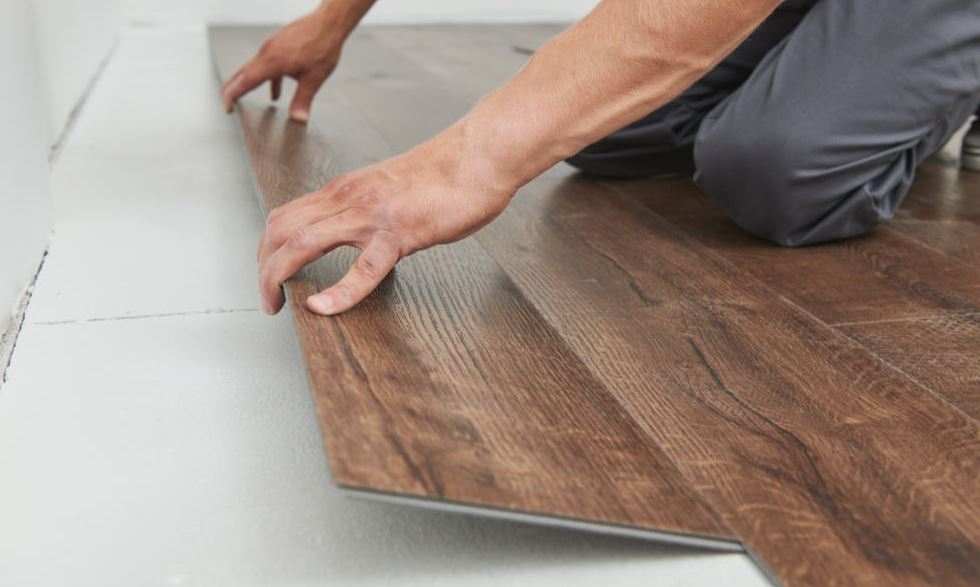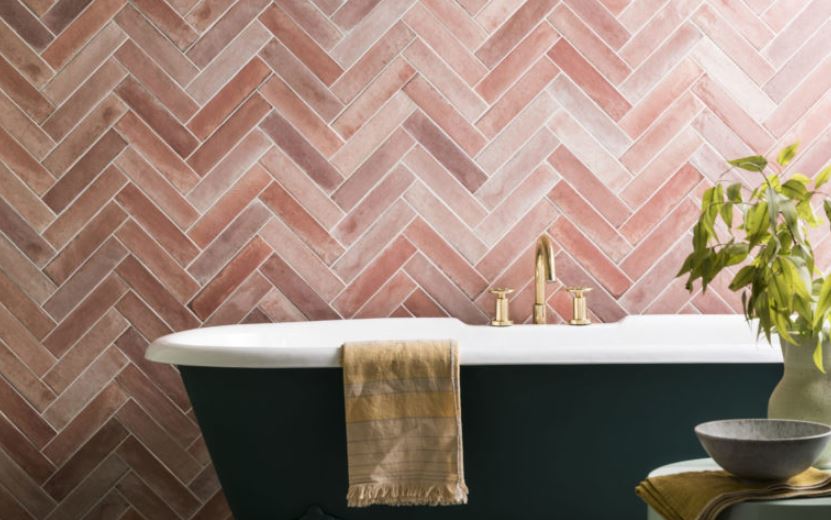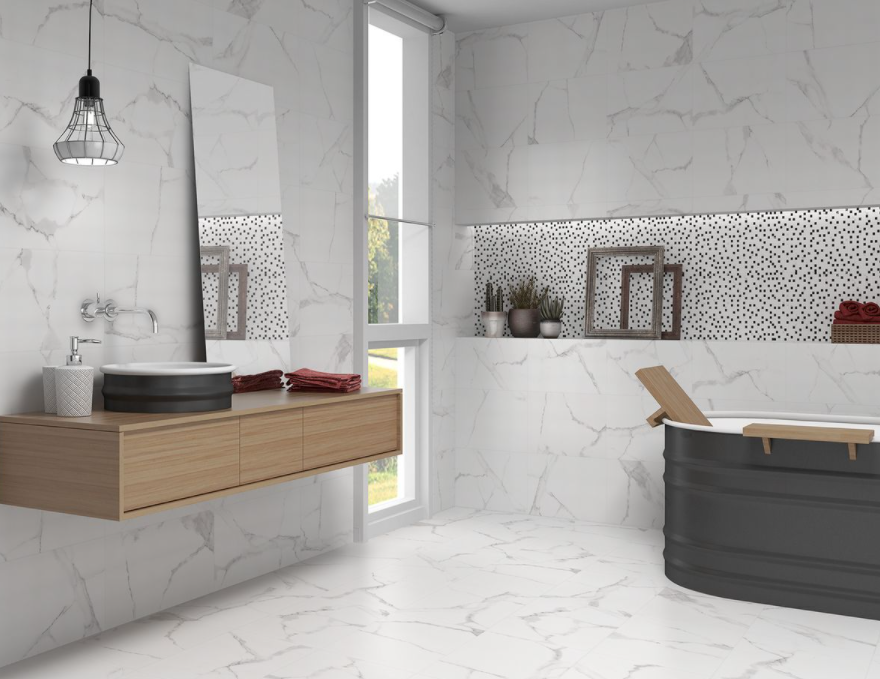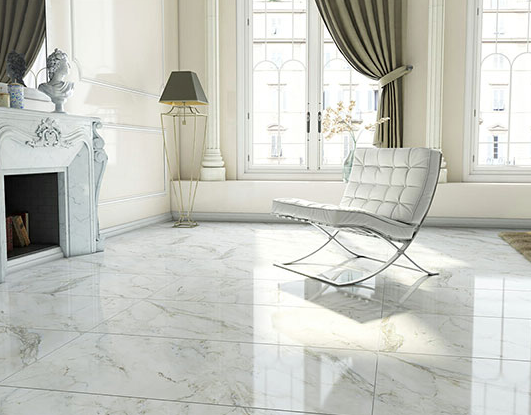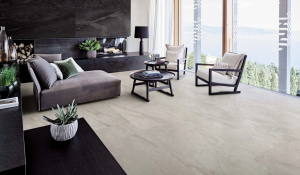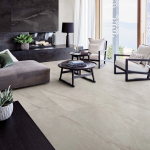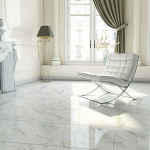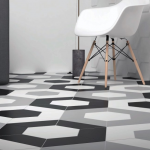Welcome to our comprehensive guide on preventing bathroom leaks through effective waterproofing of shower walls. In any home, the bathroom is a sanctuary of cleanliness and comfort, but hidden behind the serene façade of shiny tiles and gleaming fixtures lies a potential problem – water damage. Leaks and moisture infiltration can lead to various issues, from unsightly mould growth to serious structural damage. Unfortunately, these problems are often only noticed when it’s too late, leading to costly repairs and renovations.
The good news is that most of these issues can be prevented with proper waterproofing techniques. This blog post is crafted to give you the knowledge and steps necessary to ensure your shower walls are watertight and secure. Whether you’re building a new bathroom, renovating an old one, or just looking to fortify your current space, understanding the essentials of waterproofing is key to maintaining the health and longevity of your bathroom.
We’ll start by explaining the basics of shower wall waterproofing, helping you grasp why it’s so crucial. Next, we’ll guide you through preparing your walls for the process, choosing the right waterproofing materials and methods, and finally, the application process itself. With this step-by-step guide, you’ll be well on your way to a leak-free bathroom, giving you peace of mind and preserving the integrity of your home. Let’s dive in and learn how to keep your bathroom dry and damage-free!

Understanding the Basics of Shower Wall Waterproofing
Waterproofing is an essential aspect of bathroom maintenance that often goes unnoticed until it’s too late. It involves creating a barrier on walls and floors to prevent water from seeping into the structure of the building. This is particularly crucial for shower walls, as they are constantly exposed to moisture. Without proper waterproofing, water can penetrate through the walls, leading to mould growth, tile damage, and even affecting the structural integrity of the building.
There are several methods and materials available for waterproofing shower walls. The most common types include liquid waterproofing membranes, sheet membranes, and waterproofing paint. Liquid membranes are applied with a brush or roller, forming a rubbery coating on drying. On the other hand, sheet membranes are large pieces of waterproof material that adhere to the surface. Like regular wall paint, waterproofing paint is a simple application but usually less durable than the other methods.
The signs of a poorly waterproofed bathroom are often evident. If you notice peeling paint, mould growth, damp spots on walls, or a musty smell, water is likely infiltrating the walls. You shouldn’t ignore these signs as they can lead to more significant damage over time.
Preparing for Waterproofing
Before beginning the waterproofing process, proper preparation of the shower walls is crucial. Start by thoroughly cleaning and drying the surface. This ensures that the waterproofing material adheres correctly. Next, inspect the walls for any cracks or damage. These imperfections must be repaired, as even the smallest crack can compromise the waterproofing. Old caulk or sealant should be removed as well, as new waterproofing materials may not bond well to these substances.
The tools and materials needed for waterproofing include a high-quality brush or roller for application, a caulking gun for sealant, a cleaner to prepare the surface, and the waterproofing material of your choice. Also, consider safety equipment such as gloves and goggles, as some waterproofing substances can be harmful if they come into contact with skin or eyes.
Choosing the Right Waterproofing Method and Materials
When selecting waterproofing products, it’s important to consider the specific needs of your bathroom. Liquid waterproofing membranes are popular due to their ease of application and effectiveness. They suit many surfaces but require careful application to ensure an even coat. Sheet membranes offer a robust barrier and are excellent for larger areas, though they can be more challenging to install. Waterproofing paint, while user-friendly, might require frequent reapplications and is better suited for less intensive moisture exposure.
Each method has its advantages and disadvantages. Liquid membranes are versatile and strong but can be messy, requiring a certain skill level to apply evenly. Sheet membranes provide a reliable barrier but can be difficult to work with in smaller or irregularly shaped spaces. Waterproofing paint is easy to apply but may not offer the same level of protection as the other methods.
When choosing a method, consider factors like the layout of your bathroom, your walls’ existing materials, and your DIY skill level. A combination of methods can also be used for optimal protection.
The Waterproofing Process
Once you have chosen your waterproofing method, follow these detailed steps for application:
- Surface Preparation: Ensure the wall is clean, dry, and free of any damage. Apply a primer if recommended by the waterproofing product manufacturer.
- Application: Use a brush or roller to apply an even coat over the entire surface for liquid membranes. Pay special attention to corners and edges where water infiltration is most likely. If using sheet membranes, cut the material to size and adhere it to the wall per the manufacturer’s instructions. For waterproofing paint, apply it like regular paint, ensuring even coverage.
- Drying: Allow the waterproofing to dry completely. Depending on the product and the environmental conditions, this may take anywhere from a few hours to a day.
- Safety and Precision: Always follow the manufacturer’s guidelines for application. Use safety gear to ensure the room is well-ventilated to avoid inhaling fumes.
- Final Inspection: Once dry, inspect the waterproofing to ensure there are no gaps or missed spots. A second coat may be necessary for some products.
Remember, the key to effective waterproofing is thoroughness and attention to detail. By following these steps carefully, you can achieve a waterproof barrier that will protect your bathroom from moisture damage for years to come.
Drying and Curing
After applying the waterproofing material, it’s crucial to let it dry and cure properly. This step is often overlooked but is essential for the effectiveness of the waterproofing. Drying refers to the evaporation of any solvents or water in the waterproofing material, while curing is the chemical process where the material reaches its full strength and durability.

The time required for drying and curing varies depending on the type of waterproofing material used, the thickness of the application, and environmental conditions such as temperature and humidity. Generally, a waterproofing membrane might take 24 to 72 hours to dry completely. During this period, keeping the area dry and avoiding any water exposure is important. Always refer to the manufacturer’s instructions for specific drying and curing times.
Maintaining optimal conditions for drying and curing is vital. A well-ventilated bathroom will help quicker drying, but avoid direct airflow onto the treated surface as it can cause uneven drying. Keep the temperature steady; extreme temperatures can affect the drying process and the outcome of the waterproofing.
Finishing Touches and Maintenance
Once the waterproofing is dry and cured, tiles or other wall treatments can be applied. Ensure that the adhesive used for tiling is compatible with the waterproofing material. It’s also important to maintain the integrity of the waterproof layer during this process; be careful not to puncture or tear the membrane.
Regular maintenance is key to sustaining the effectiveness of the waterproofing. Periodically check for any signs of wear and tear, especially in high-use areas. Reseal any gaps or cracks immediately to prevent water penetration. In bathrooms with high humidity, using a dehumidifier or ensuring adequate ventilation to reduce moisture buildup is also advisable.
Professional Help vs. DIY
While many waterproofing tasks can be accomplished as DIY projects, there are instances when it’s best to seek professional help like pro waterproofing Adelaide. If you are not confident in your DIY skills, especially in mixing or applying the materials properly, hiring a professional is advisable. Also, if the bathroom has a history of serious water damage, professional assessment and intervention might be necessary to address underlying issues.
Signs that indicate the need for professional intervention include persistent mould or mildew despite waterproofing attempts, structural damage such as warping or bulging walls, and recurrent leaks. Professionals can also provide warranties for their work, offering peace of mind that the waterproofing will last.
Properly waterproofing shower walls is crucial in maintaining a healthy and damage-free bathroom. It not only prevents mould and structural damage but also preserves the aesthetic appeal of your bathroom. You can ensure a watertight bathroom by understanding the different waterproofing methods, preparing the surface correctly, choosing the right materials, and applying them with precision.
Whether you choose to DIY or hire a professional, the key is not to underestimate this task’s importance. Taking the necessary steps to waterproof your shower walls will protect your bathroom from water damage, saving you time and money in the long run. Remember, a little effort today can prevent significant problems tomorrow. So, gear up and start waterproofing – your bathroom will thank you!



